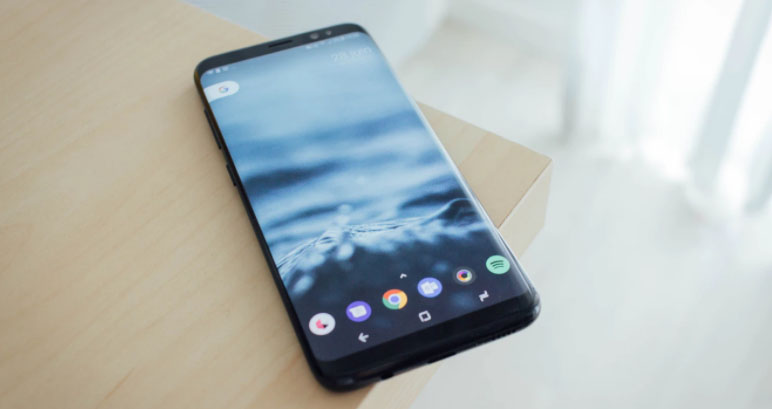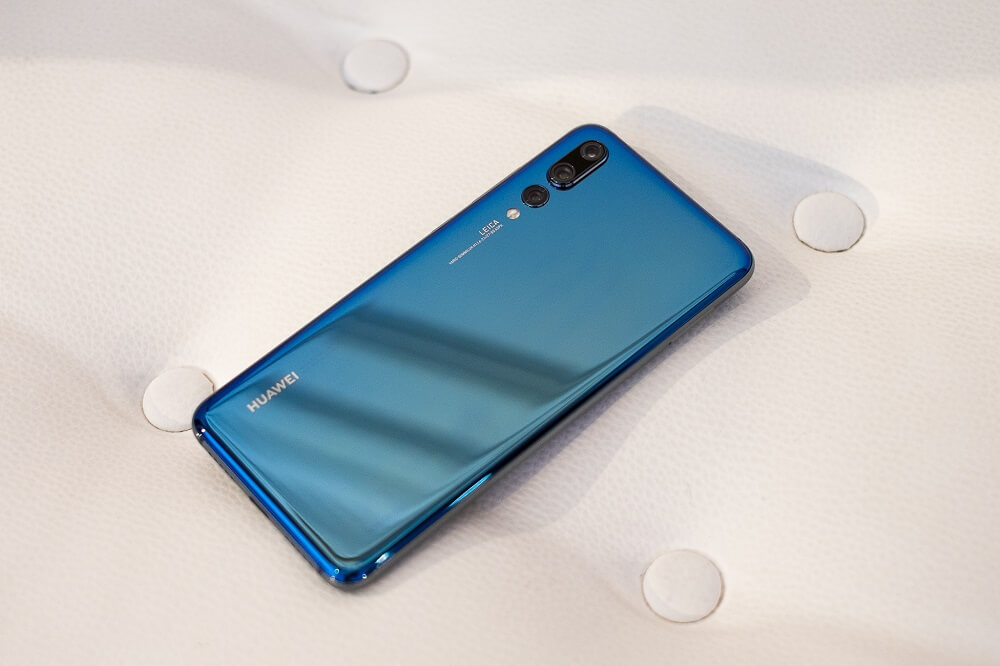Two weeks following the release of Samsung Galaxy S9, another phone is already here to steal its spot. At an event in Grand Palais in Paris, Huawei introduced its new flagship devices including the Huawei P20 Pro.
Like the Galaxy S9, Huawei’s P20 Pro has extreme zoom, super slow motion video and advanced night mode capabilities. P20 Pro has the advantage over Galaxy S9, however, with its rear triple-camera array – an industry first for photography.
Until the release of P20 Pro, the three camera array has only been used for depth sensing or AR. Having three cameras with different capabilities, the P20 Pro’s camera features, although similar to Galaxy S9’s, provides consumers with better advantages.
Beyond Samsung’s Imagination
The Galaxy S9 presents the camera reimagined but P20 Pro shows that Huawei’s design team has a wilder imagination.

The P20 Pro’s main camera has an astonishingly high resolution of 40 megapixels. Using light fusion software, the phone produces 10MP photos by combining data from neighboring pixels with the same color.
The main sensor is responsible for allowing the P20 Pro to “see in the dark”. Photos taken in low-light conditions would have less noise as a result. If you want 40MP snaps, you can easily turn the feature off.
The other camera has a 20MP black and white sensor and provides depth information, giving the P20 Pro the ability to take superior macro and monochrome shots.
The third camera has an 8MP telephoto lens, allowing a hardware-stabilized 3x zoom. Used with a software-based digital zoom, the P20 Pro can produce 5x shots – a great advantage over the Galaxy S9+ and iPhone X’s 2x zoom.
As with previous models, Huawei partnered with Leica in engineering the P20 cameras, a huge plus for photography enthusiasts and Leica fans.
P20 Pro’s Camera Tricks
With the P20 Pro’s features, you don’t have to be a photography pro to take quality photos. One of the proudest features of the P20 Pro is its low-light capabilities. The phone absorbs light up to six seconds and uses artificial intelligence to produce sharp images without the blurred or smeared effect that usually comes with handheld camera phones. According to Huawei, sharp images are possible even in the absence of a tripod.
The P20 Pro has numerous camera tricks up its sleeve. Particularly, the phone automatically picks camera mode and offers 3D portrait lighting modes, assisted composition, ultra snapshot, and predictive focus.
The P20 Pro automatically chooses a setting for your group shot, close-up, pet photos and so on. If the camera senses you are taking a group shot, it automatically zooms out. With the predictive focus feature, the P20 Pro offers superior autofocus, reducing the chances of taking blurred photos and videos.
For portraits, you have options for lighting effects including a blurred bokeh effect. The camera also helps create professional photos, as it has a visual guide suggesting layouts to improve your composition. And if you need to take a photo of a fleeting moment, you can shoot a picture in 0.3 second by double-clicking the volume down button.
More than a Camera Phone
Like other Huawei phones, the P20 Pro is powered by the Kirin 970 chipset with a dedicated Neural Processing Unit (NPU). This processor gives the phone a “native AI processing” capability.
The P20 Pro also has Huawei’s powerful 4000 mAh battery and HUAWEI SuperCharge feature. The battery allows a full day of heavy-duty use while the charger fills the battery in as fast as around 80 minutes.
In terms of aesthetics, the P20 Pro does not disappoint with its wide OLED display screen, sleek edges, glass back and color choices. You can choose among classic black, sharp midnight blue and two bold iridescent designs that slightly change color from different angles. The Twilight color is a mixture of blues and purples and the Pink Gold is a nice gradient color.
To get more acquainted with the phone, here is a list of their specs compared to the Galaxy S9:
| Huawei P20 Pro | Samsung Galaxy S9 Plus | |
| Colors Available | Black, Midnight Blue, Pink Gold & Twilight | Midnight Black, Titanium Gray, Lilac Purple & Coral Blue |
| Dimensions | 155×73.9×7.8mm | 158.1×73.8×8.5 mm |
| Display | 6.1-inch; 2,240×1,080 pixels (OLED) | 6.2-inch; 2,960×1,440 pixels |
| Pixel density | 408ppi | 529ppi |
| Processor | 2.3GHz octa-core Kirin 970 | Octa-core Samsung Exynos 9810 or Qualcomm Snapdragon 845 |
| Software | Android 8.1 Oreo | Android 8.0 Oreo |
| Storage | 128GB | 64GB, 128GB, 256GB with expandable storage up to 400GB |
| RAM | 6GB | 6GB |
| Rear camera | 40 megapixel RGB
20 megapixel monochrome 8 megapixel telephoto |
Two 12 megapixel camera |
| Front camera | 24 megapixel camera | 8 megapixel |
| Video capture | 4K | 4K |
| Battery | 4,000mAh | 3,500mAh |
| Fingerprint sensor | Below screen | Back |
| Connector | USB-C | USB-C |
| Headphone jack | None | With |
Huawei Isn’t Done Yet
As if the P20 Pro isn’t enough, Huawei is showing that they are nowhere near done and that they aren’t slowing down soon. The company projects that they “could soon become the world’s bestselling smartphone brand” and it looks like they’re on their way.
On the same date of the P20 Pro’s launch, Huawei announced its ultra high-end model the Porsche Design Huawei Mate RS. It has specs that are similar with theP20 Pro such as the triple rear camera, IP67 water/dust-resistance and 4,000 mAh battery. But it has an in-screen fingerprint scanner and storage of 512GB.
Over the past few years, Huawei has shown how they are poised to change the Samsung vs. Apple status quo with its streak of successful phone releases. From the Huawei Mate 10 Pro to the Huawei P8 Lite, the company’s phones never fail to wow from the high-end market to the budget range.
In 2017, Huawei narrowed its market share gap with Apple last year despite competition with other Chinese tech companies and American telecom operators’ refusal to sell their devices.
| Manufacturer | 2017 handset shipments | Year-on-year change | Market share |
| Samsung | 317.7 million | +2.0% | 21.7% |
| Apple | 215.8 million | +0.2% | 14.8% |
| Huawei (incl Honor) | 154.2 million | +10.7% | 10.6% |
Table from BBC
Ben Wood of CCS Insight tells BBC that Huawei’s difficulty in penetrating the US market is not exactly good news for Samsung and Apple as Huawei will focus its efforts in Europe to make up for the sales volume it cannot reach in the US. Right now, Americans who are fans of the brand are buying units through retailers like Amazon or direct from Huawei’s site.
Our take on that is this: as long as Huawei strives to challenge the status quo, consumers have something to be happy about. With the fierce competition pulling buyers in different directions, manufactures stay on their toes to meet demands. For us, that’s fantastic news. After all, more competition means more options for great smartphones.
(Featured Image Credit: Kārlis Dambrāns)

